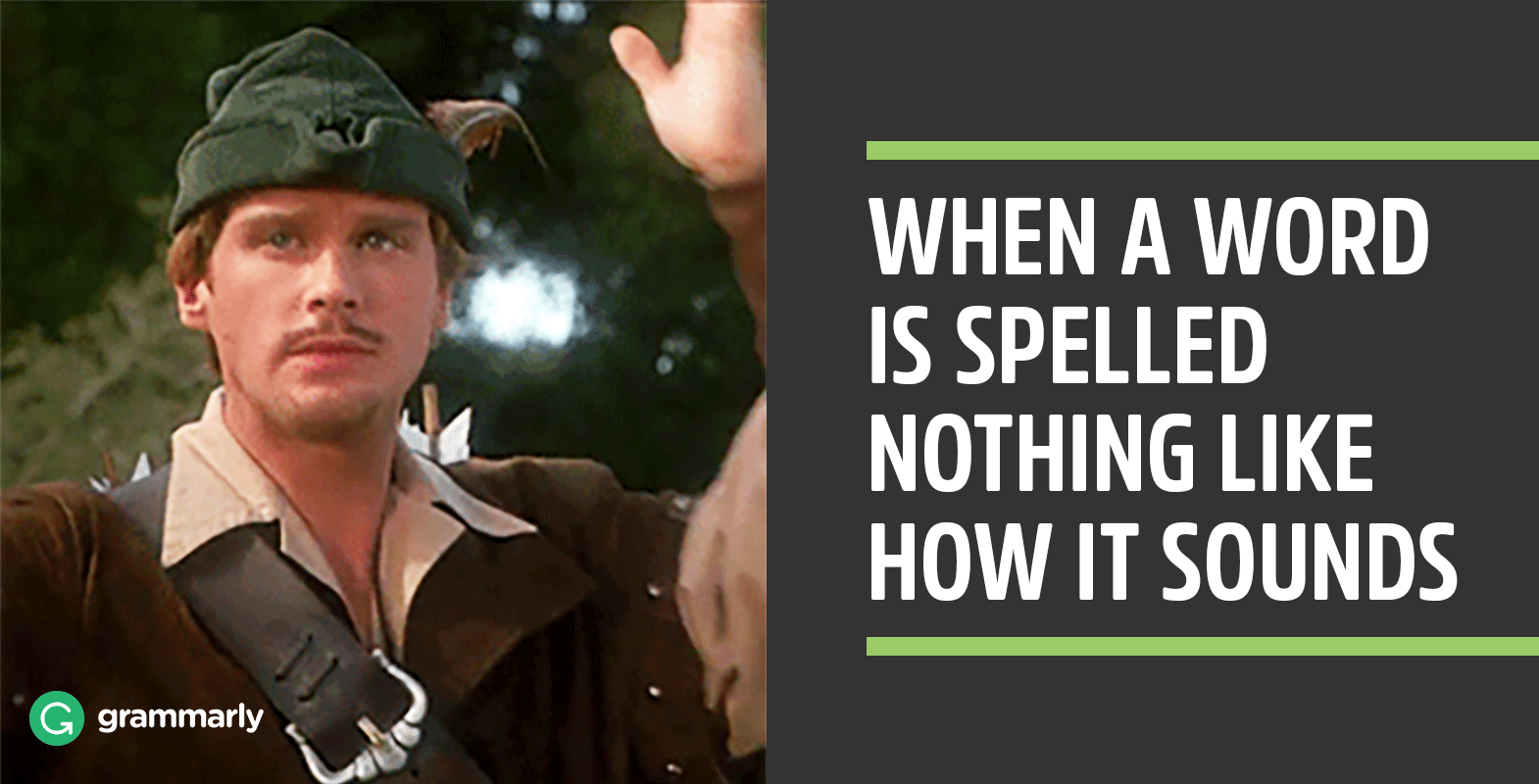
- Eye dialect uses misspellings intentionally to suggest something about the speaker.
What Is Eye Dialect?
When you think of dialect, usually you think of the way a person speaks. When English is not someone’s first language, or when they come from a region or group that has its own style of pronunciation, they may speak quite differently from the majority. “Eye dialect” reflects these dialectical differences in the spelling of words. The term appeared first in The English Language in America, published in 1925.
Examples of Eye Dialect
“Go on, Professor Grace!” he said, wide-eyed. “I wanna get an A on the test.”
In the first example, the author spells world with U’s and hyphens to indicate that the sound is drawn out. Widdy is how the writer represents speaker’s pronunciation of widow. The second two examples reflect pronunciations that may be quite familiar to you. Do you know anyone who says wanna instead of want to? How about cuz instead of because and yer instead of you are? How would they feel if you represented their speech patterns with these spellings?
Why Eye Dialect Is Controversial
Therein lies the danger. Spellings like enuff for enough, for example, set a character apart from others. Someone might assume that the writer thinks the speaker is uneducated, behind the times, or worse. In The Stuff of Literature, Edward A. Levenston says that readers often associate eye dialect with “a character’s social status,” but he acknowledges that it does have “a recognized place in the history of narrative fiction.”
A good example is the Li’l Abner comic series by Al Capp. The series began in 1909. Li’l Abner, the main character, is a simple-minded rustic character whose speech contains phrases like “Ah is still alive.” (Ah stands for I.) Other characters in the same comic strip are genteel, and the spelling of their speech reflects it. For example, the dialogue of Bounder J. Roundheels usually reflects standard spellings.
If you do use eye dialect in your writing, proceed with caution. Some phrases like wanna and gonna are so common that they will probably cause little if any controversy. However, if you portray the speech of a certain ethnic group or social class with nonstandard pronunciation, you run the risk of causing offense. Of course, eye dialect would usually be best avoided in formal or business writing.
Why It’s Called Eye Dialect
After examining the quotes above, have you guessed why it’s called eye dialect? This nonstandard spelling engages your eyes. It stands out and catches your attention.
Normally, misspellings are intentionally avoided, but with eye dialect the opposite is true. These intentional misspellings may reflect dialects or standard pronunciation. However, eye dialect can be controversial because it sometimes plays on stereotypes that may be offensive to some readers. Have you ever noticed that when you learn something new, you start to encounter examples of it all around you? Keep your eyes open for eye dialect! You will be surprised how much you find.
The post What Is Eye Dialect? appeared first on Grammarly Blog.
from Grammarly Blog
https://www.grammarly.com/blog/what-is-eye-dialect/
No comments:
Post a Comment